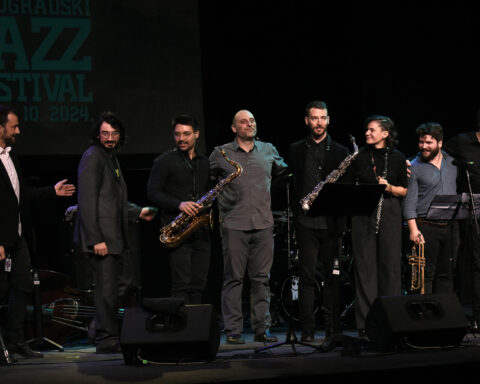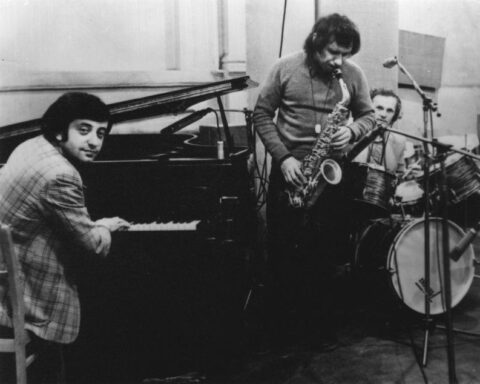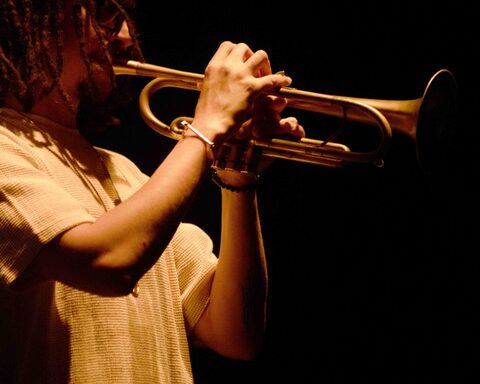New analysis of National Endowment for the Arts data on American participation in the arts, from Curt Hopkins of ReadWriteWeb, has been posted at NYTimes.com. The JJA invites further comment at our Discussion Forum.
“A new National Endowment of the Arts study has looked back into the data from the 2008 Survey of Public Participation in the Arts. Expanding the definition from ‘benchmark’ activities (like going to the opera) to the creation and viewing of art or art-related content digitally has yielded a radically different picture of American’s relationship to the arts.
The new definition shows a three-fold increase in the number of Americans taking part in art: from one in four to three in four.”
Other data reinforces connections between early school education in the arts and later-life involvement for both artists and audience members.
This would seem to change the terms of the discussion surrounding Terry Teachout’s controversial WSJ article of August 2009, “Can Jazz Be Saved?” which lamented the diminishment and aging of audiences for jazz and elicited a storm of contrary “anecdotal” evidence. Is the jazz audience disappearing? Or overlooked and undercounted? Please research, log in and weigh in at the JJA Discussion Forum.






One of the influential books of decades ago was "How to Lie with Statistics." If I remember right, it demonstrated that the way data is crunched, analyzed and employed was as crucial as the accuracy with which it's collected. It's amazing that online creation and participation has grown so significantly over a short time -- and not surprising the NEA would not have thought to include such info in its first comments on the data it collected. But the new definition and subsequent data crunch does give more credence to the so-called "anecdotal" evidence that jazz journalists cited in response to the NEA's first release of data analysis, calling into doubt its conclusion that the audience for jazz is exclusively aging and diminishing.